Make Gardening a Fun Summer Project for Your Kids: Grow Veggies from Scraps

Make Gardening a Fun Summer Project for Your Kids: Grow Veggies from Scraps
Summer is here, and it’s the perfect season for families to bond, especially with the kids having a break from school. Instead of relying on screens for entertainment, why not engage them in a rewarding and educational activity?
Gardening is an excellent way to teach children about sustainability, patience, and responsibility while spending quality time together. Even better, you don’t need to buy seeds—you can grow these four vegetables from kitchen scraps.
1. Tomatoes
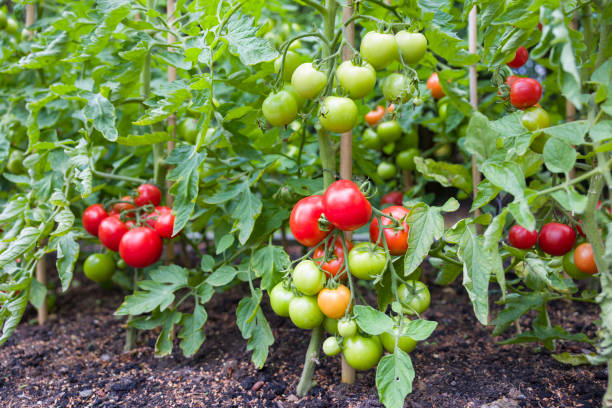
Why Grow Them? Tomatoes thrive in warm weather and are easy to regrow. They are packed with vitamins, antioxidants, and flavor. Growing tomatoes from scraps encourages curiosity in children about how plants grow and produce food.
Step-by-Step Guide:
- 1. Scoop out the seeds from a ripe tomato and let them dry on a paper towel for a few days.
- 2. Fill a shallow container with soil and let your child help with this step.
- 3. Once the seeds are dry, plant them about one centimeter deep and space them apart.
- 4. Place the container in a sunny spot and water regularly, ensuring the soil doesn’t become soggy.
- 5. Watch as tiny sprouts appear in a few weeks. Kids can help water them and enjoy the excitement of harvesting homegrown tomatoes.
2. Onions
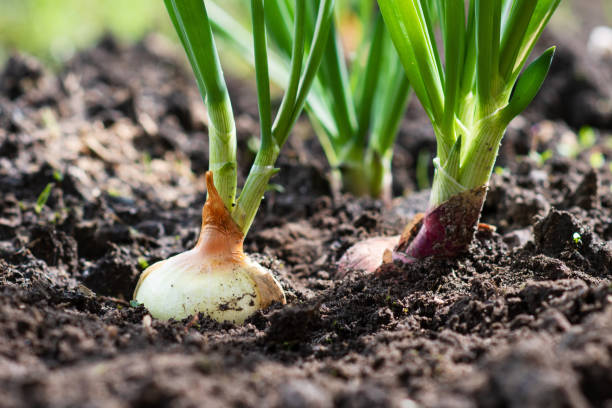
Why Grow Them? Onions are versatile, easy to grow, and a great way to introduce kids to reusing food scraps. Growing onions from leftovers reduces waste while teaching sustainability.
Step-by-Step Guide:
- 1. Take the root end of an onion and place it in a shallow dish with just enough water to cover the roots.
- 2. Put the dish in a sunny spot, like a windowsill, and watch the roots and green shoots grow.
- 3. Change the water every two days.
- 4. Once the shoots are a few inches tall, transfer the onion to a pot or garden soil.
- 5. In 8-10 weeks, your onions will be ready for harvest—your child can dig them up and see the results of their care.
3. Lettuce
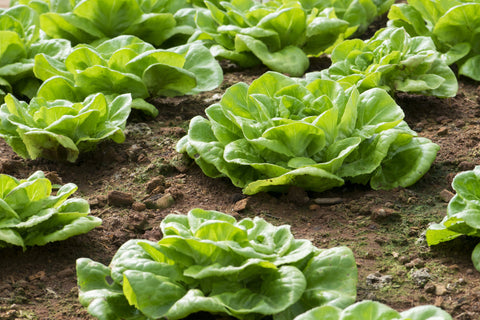
Why Grow It? Lettuce grows quickly and is one of the easiest vegetables to regrow from scraps, making it an ideal plant for kids to nurture.
Step-by-Step Guide:
- 1. Take the base of a lettuce head and place it in a shallow dish of water with only the bottom submerged.
- 2. Set the dish in a sunny location and observe new leaves sprouting within a few days.
- 3. Change the water every two days to keep it fresh.
- 4. Once the leaves grow sufficiently, transplant the lettuce into soil.
- 5. In 4-6 weeks, the lettuce will be ready to harvest, and your kids can enjoy adding fresh leaves to their meals.
4. Potatoes
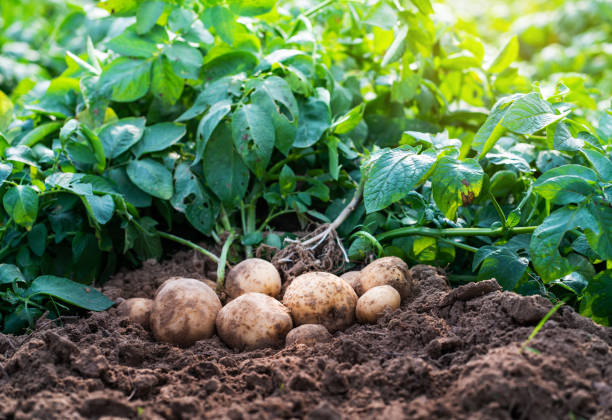
Why Grow Them? Potatoes are delicious, easy to grow, and a fun way to teach children about plant life cycles and patience.
Step-by-Step Guide:
- 1. Take a sprouted potato and cut it into pieces, ensuring each has at least one sprout (or “eye”).
- 2. Let the pieces dry for a couple of days to prevent rot.
- 3. Prepare a pot or garden bed with well-drained soil and plant the pieces about 5-7 cm deep with the sprouts facing upward.
- 4. Water regularly but avoid overwatering.
- 5. After 2-3 months, once the plants flowers and leaves begin to die back, it’s time to harvest. Kids will love digging up their own homegrown potatoes.
Tips for Gardening with Children
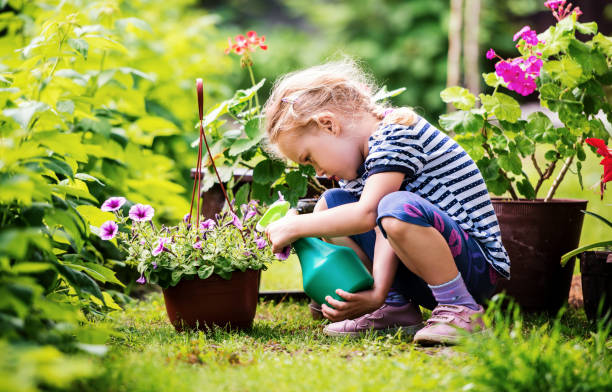
Encourage Exploration: Let kids touch the soil, examine bugs, and ask questions about nature.
Be Patient and Positive: Celebrate small successes and teach them that mistakes are part of the learning process.
Incorporate Art and Creativity: Let children paint plant markers, decorate pots, or create garden signs.
Choose Easy-to-Grow Plants: Start with fast-growing vegetables like lettuce, radishes, or herbs to keep children engaged.
Give Them Their Own Space: Whether it’s a small patch in the garden or a few pots, let kids have their own area to care for.
Use Child-Friendly Tools: Provide lightweight and safe gardening tools designed for small hands.
Make It Fun: Turn gardening into a game by having a competition for the tallest plant or the first to sprout.
Set a Routine: Have a set time each day for watering and checking plants to build responsibility.
Harvest Together: Allow kids to pick the vegetables they grew and use them in family meals for a rewarding experience.
Gardening with kids is more than just a fun activity—it teaches patience, responsibility, and an appreciation for nature. By regrowing vegetables from kitchen scraps, you not only save money but also show children the magic of sustainability. So, get your hands dirty and enjoy growing fresh, homegrown food with your little ones this summer.












